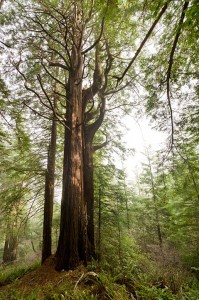
On wildlife survey days, the League’s Shady Dell property becomes a pretty busy place. Like the day last spring when, armed with binoculars and aerial photo maps, four League staff members were joined by a couple of staff from the Department of Fish and Wildlife and a pair of consultants to search for potential nest sites for the marbled murrelet.
The marbled murrelet is a bird that splits its time between the ocean and the forest. It is so reclusive and fast moving that very little is known about the species (it wasn’t until 1974 that its nests were discovered!). What we do know, however, is that it needs old-growth forests to nest, that there isn’t much old growth left to nest in, and that its numbers are in decline.
The murrelet doesn’t actually build nests, but instead lays its eggs directly on a large, moss-covered branch (that grows horizontally, of course, so the egg doesn’t roll off). Because of this very particular need, it is restricted to very old trees that have had the time to develop such structures. They’re also very shy creatures, easily disturbed by the noise of machinery working in the woods.
This shyness is a major part of the reason we were all out there. Because the species is listed by the State of California as Endangered (external link), strict protections are given to its nests and the area around them. We at the League would like to work to restore the forest at Shady Dell, which was cut heavily during the last century and is now comprised of the young, dense forests so common in the redwood region today.
However, before we do that, we need to find out if the property is home to any nests. If it is, we will have to plan very carefully, avoid working particular areas or times of year, or even abandon restoration altogether while murrelets call Shady Dell home. The irony of course is that the restoration work we want to do is aimed at least in part at creating habitat for the very same marbled murrelet whose presence might prevent us from doing just that (even so, I hope we find some!).
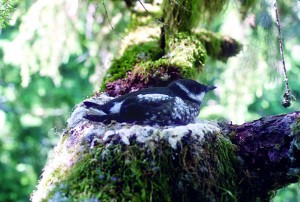
We didn’t find any marbled murrelets or their “nests” on that day in the woods, but did identify three possible areas where they might be found. Our consulting biologists will set up formal survey stations and watch and listen for birds throughout the summer. If murrelets are seen or nests are identified, we will look much more closely at just when and where we can do this important restoration work.
The tension between individual endangered animals and the rehabilitation of the habitat they need is one we will feel more and more as we work to restore our forests. With careful and inclusive planning and considering a wide range of time and spatial scales (the life of a bird versus the life of a tree; a nest site versus a stand of trees), I am hopeful that we can navigate these issues and perform the work that needs to be done without harming the very creatures we are trying to help.
Learn more about our efforts at Shady Dell!

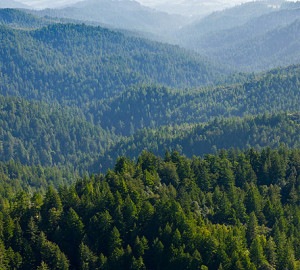
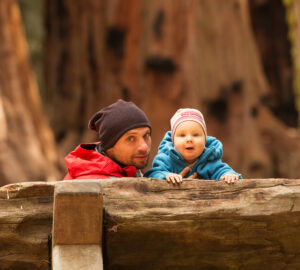
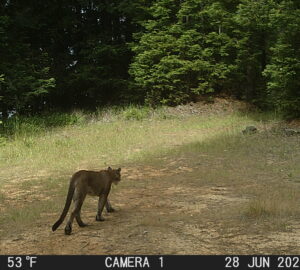
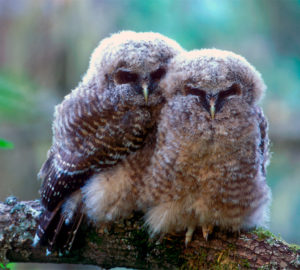
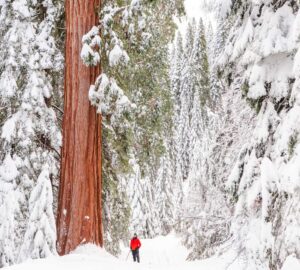
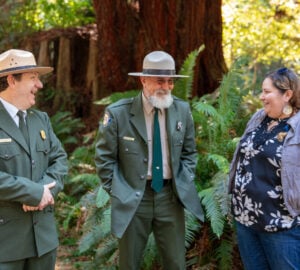
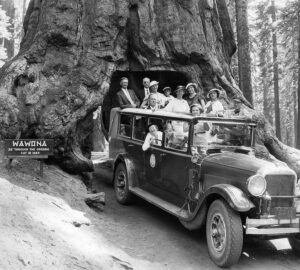
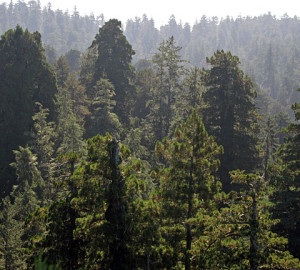

One Response to “Searching for the Elusive Marbled Murrelet”
Grant Roden
Marbled murrelet conservation is a complex issue. I know there has been a lot of research in Redwood National Park on how to balance protecting the murrelet while allowing people into old-growth nesting habitat.
Also, people bring food, which attract the corvids, which find and eat the marbled murrelet eggs. This is probably the hardest balance to manage for recreation in the redwood region.
Please keep us informed on this important issue.